All about currants
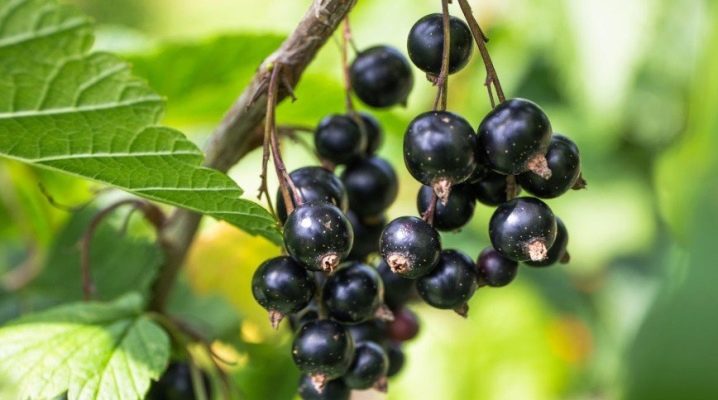
Currant is a common shrub that is very popular among gardeners. It is very easy to grow it on your site. The main thing is to find out in advance the necessary information about planting currants and caring for them.

Description
First you need to study the general characteristics of currants. The life form of this plant is a shrub. It belongs to the Kryzhovnikov family. The currant is small in size. The bush grows to a height of 1-2 meters. The root system of the plant is powerful, the leaf arrangement is regular. The sheets are usually dark green in color. A big plus of currants is that it blooms and bears fruit the next year after planting.
Her inflorescences are small. Currant blooms in the second half of spring. During flowering, the bush looks very beautiful.

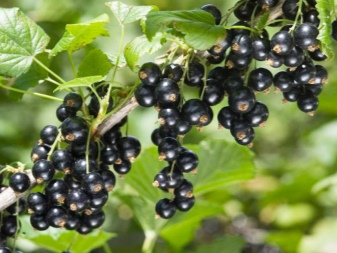
A month after its end, the branches are covered with fruits. They ripen for several more weeks. Currant berries are very tasty. Fruits are rich in vitamin C, so eating them is very healthy.
Currants grow well both in warm regions and in cold ones. The plant is long-lived. If you take care of it correctly, the bush will actively bear fruit for 10-15 years.
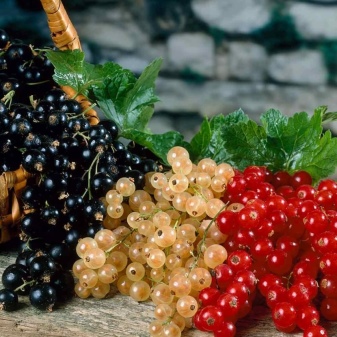
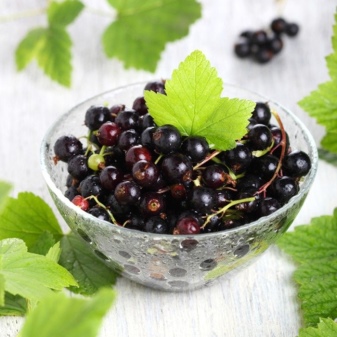
Views
There are several different types of currants in nature. The most common are plants with red and black fruits. But there are also bushes with white, yellow and green berries.
Red
This currant is characterized by increased winter hardiness... By planting it on your site, you can count on a large harvest. Red currant fruits are rich in vitamin C. Their taste is slightly sour, but at the same time quite pleasant.
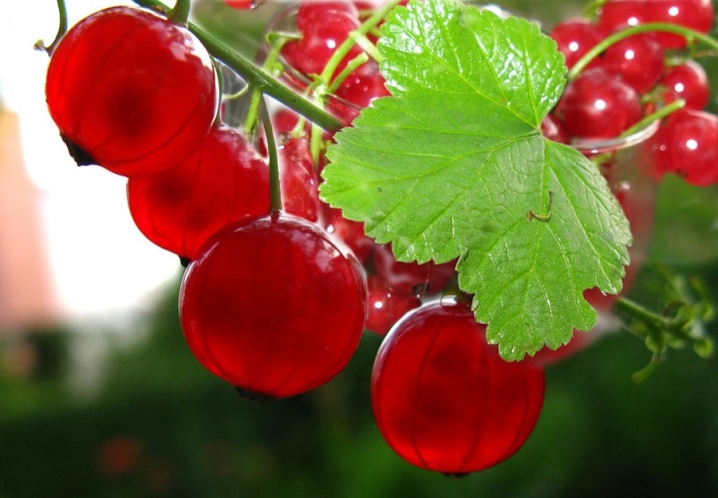
Black
Most often, black currants are planted on personal plots. Its foliage has a rich smell. Black currant berries contain a huge amount of nutrients. The bushes do not tolerate drought well, but they are less susceptible to disease and pest attacks.

White
This currant blooms at the very end of spring, but bears fruit in June... The berries are small. They are collected in long clusters. The foliage of such a currant is darker and coarser than that of a black one.
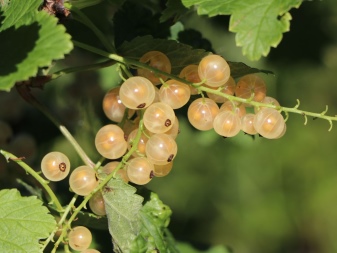

The best varieties
When choosing plants for your site, you should pay attention to the most popular varieties of currants.
- "Summer resident". Currant with sweet black berries pleases with an early harvest and cold resistance. In addition, this plant successfully resists fungal diseases, as well as attacks of spider mites.
- "Vigorous". This is another black currant variety. It is great for temperate climates. The berries ripen usually in the middle of summer. The fruits of such currants are very tasty. They are ideal for making jams, syrups and liqueurs.
- "Vika". This red currant bears fruit very well. The berries are small, but there are always a lot of them on the branches. The fruit tastes sour, but pleasant.
- "White Fairy". This variety of white currant pleases its owners with stable yields. His fruits are very tasty. A significant disadvantage is the strong thickening of the bushes.
- Smolyaninovskaya. This is another variety of white currant. The bushes are very easy to care for. Plants are not afraid of frost. In summer, a large number of juicy berries with a pleasant sourness appear on the branches.
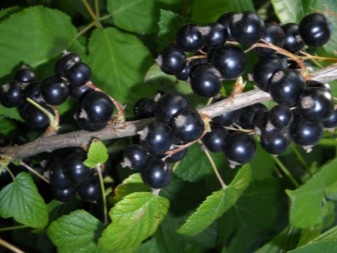

All of these varieties grow well in both cold and warm regions. Therefore, they can be planted in any area.
Landing
Having decided on a suitable variety, you can proceed to buying a seedling and planting it. When choosing a plant, you should pay attention to the rhizome. A healthy seedling has even and neat roots. They must be free of mold or rot. It is worth paying attention to the condition of the shoots. They should not be damaged in any way.
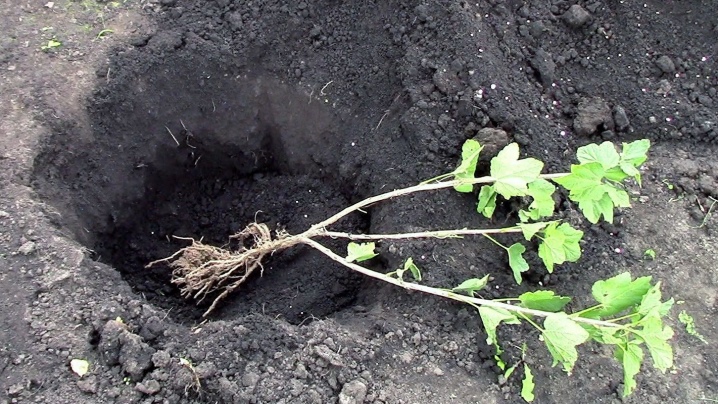
You need to plant currants on the sunny side of the site. If you plan to plant several plants at once, it is important to ensure that the distance between them is at least two meters. Pits for seedlings must be prepared in advance. This is done 10-14 days before planting. The holes should be large enough to easily accommodate the rhizome.
The bottom of the pit must be immediately covered with rotted manure or compost. Immediately before planting the currants, mineral fertilizers can be added to the hole.
The seedling is placed exactly in the center of the dug hole. From above, its roots are carefully sprinkled with earth. After that, the currants are watered. A properly planted bush quickly takes root on the site.
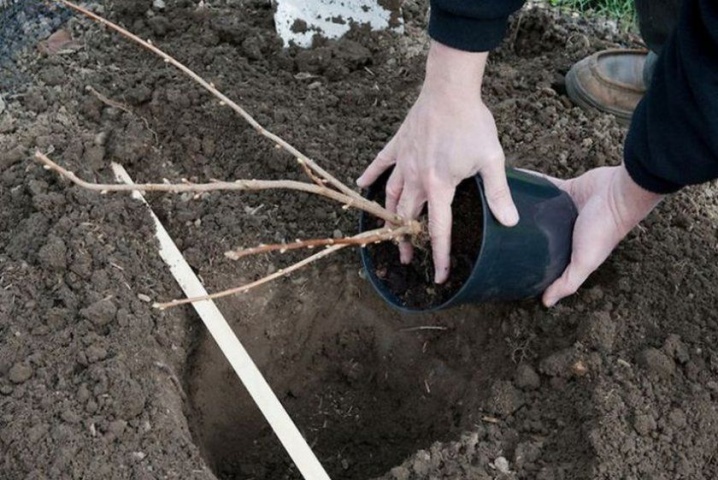
Care features
Currant is an unpretentious plant. Therefore, not very much time is spent on caring for her.
Watering
Regardless of the region in which the currant grows, it needs regular watering. In hot summer, plants are watered twice a week. About 40 liters of water is usually added under the bush. In spring, plants need less moisture.
Watering plants is best done in the early morning or late evening. It is advisable to pour water at the root, without affecting the foliage.
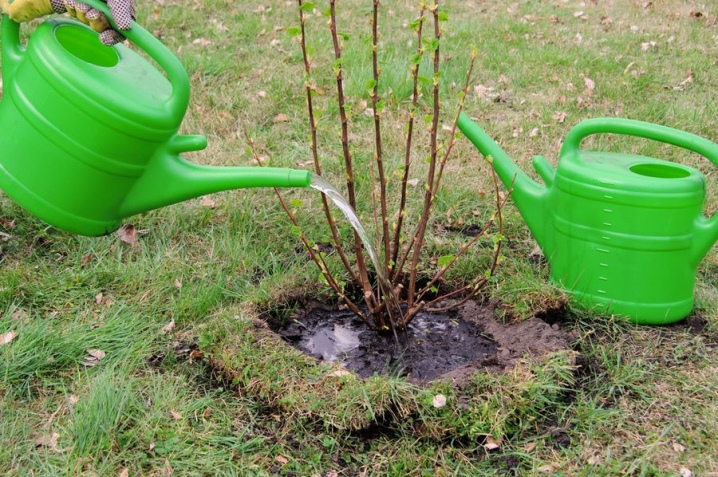
Top dressing
Currants grow well without any additional feeding. But many gardeners, wanting to increase the productivity of plants, still use fertilizers. The feeding scheme is quite simple.
In the spring plants are fertilized with nitrogen-containing mixtures. At this time, organic matter is also introduced into the soil. It can also be used to feed plants in summer. In autumn gardeners apply fertilizers containing potassium and phosphorus to the soil.
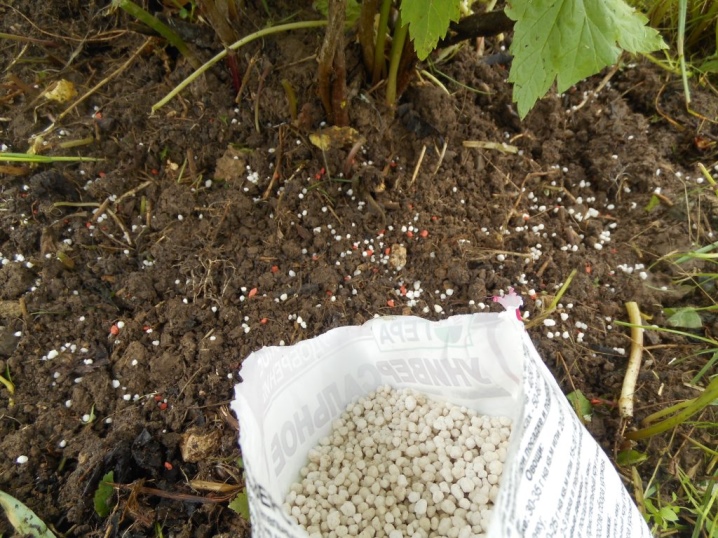
Loosening
In order to better get air to the roots of the currant, it is recommended to regularly loosen the soil under the bush. This must be done very carefully, trying not to damage the roots. In the process, you also need to remove all weeds growing in the near-trunk circle.
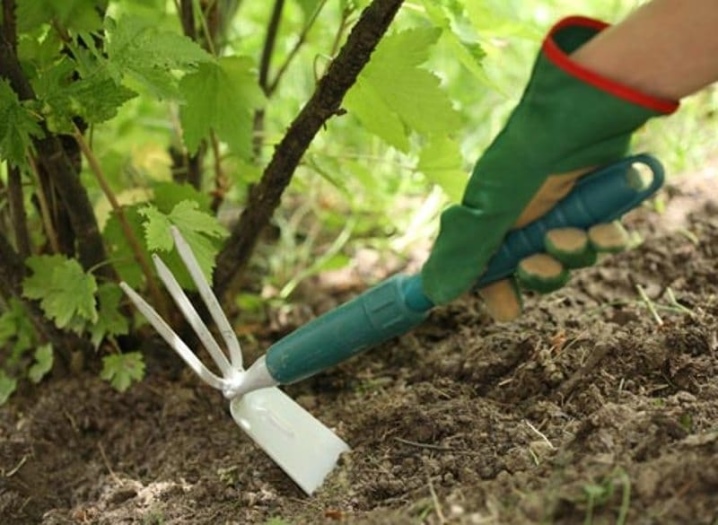
Preparing for winter
After the end of fruiting, the bushes are prepared for winter. This process doesn't take too long. A few weeks before frost, the plants are fed with phosphorus or potassium fertilizers. After another 1-2 weeks, it is recommended to water the bushes abundantly. This will help harden the roots.
Another important point in preparing the plant for winter is the autumn pruning of currants. At this time, the gardener needs to remove all sick, weak and old branches. This will make the plant healthier and stronger. You need to cut them off with a sharp pruner. It is recommended to process the sections with a garden pitch.
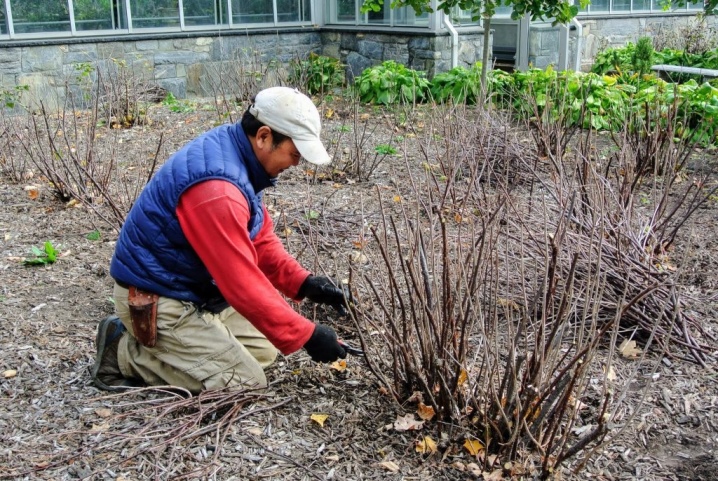
There is no need to cover the bushes with agrofibre or film. But at the very beginning of winter, currants are recommended to be covered with snow. This will help protect the roots of the plant from the negative effects of cold air.
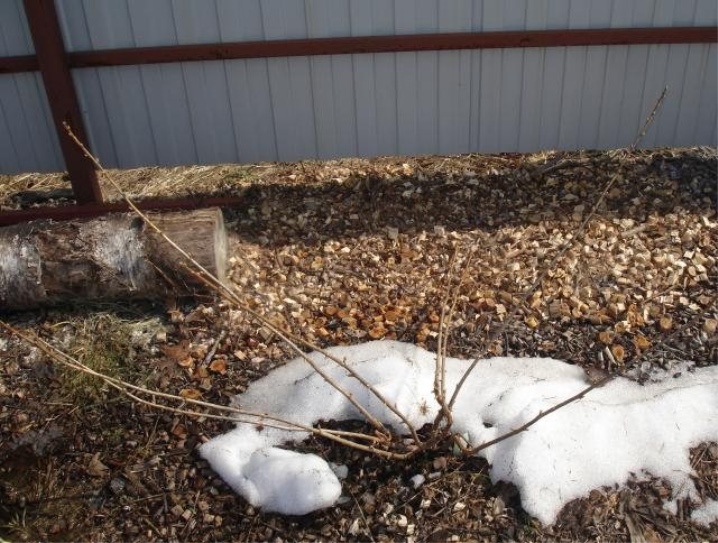
Reproduction
There are several main ways of breeding currants.
Taps
This is the easiest method for beginner gardeners to pay attention to. All you have to do is pick a strong branch that grows at an angle... It must be bent to the ground. Steel staples or hooks can be used to secure the branch. After this, the shoot must be covered with earth.
A branch fixed in this way must be watered regularly. By autumn, it will turn into a full-fledged seedling with a strong root system. The gardener needs to separate it from the base of the bush and transplant it to a new location.
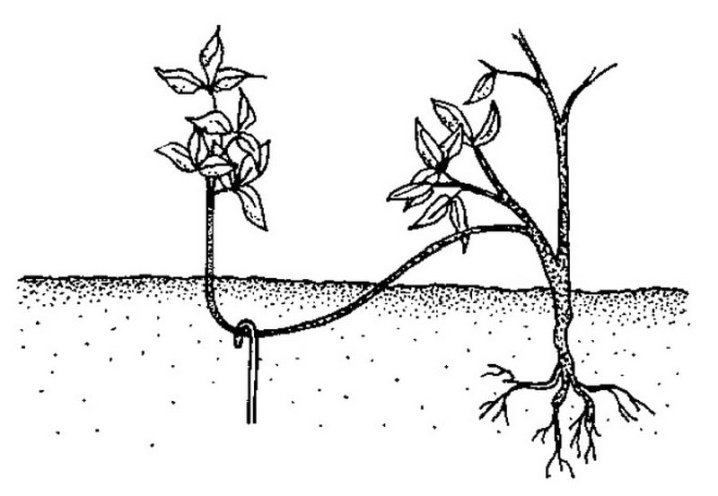
Cuttings
For propagation of currants, lignified cuttings can be used. You need to harvest the material at the beginning of winter. It is important to have time to cut the cuttings before the onset of frost.
The choice of material must be treated responsibly. The cuttings must be healthy.Their optimal length is 20 centimeters. The edge of the cut cutting must be treated with garden pitch. After that, it must be wrapped in paper, and then in cling film. It is recommended to store cuttings in the refrigerator or cellar.

In the spring, cuttings are planted in the ground. The soil is mulched with humus or sawdust.
Above the cuttings, it is recommended to install a small plastic greenhouse on metal arcs. It can be removed after the first leaves appear on the shoots.
Plants planted in this way need to be watered from time to time. In summer, seedlings can be fed with mullein-based solution. In the fall, there will be full-fledged seedlings on the site. Such plants can be transplanted to a permanent place. If the seedlings seem too weak, it is worth postponing this procedure for a year.
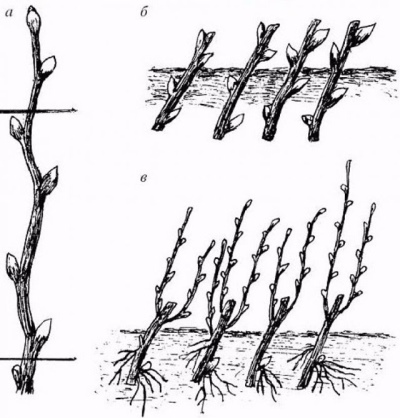
By dividing the bush
Bushes can be propagated in this way both in autumn and spring. The bush must be dug out and carefully divided into several parts with a shovel. Each of them must be planted in a hole prepared in advance. They take root as quickly as ordinary young seedlings.
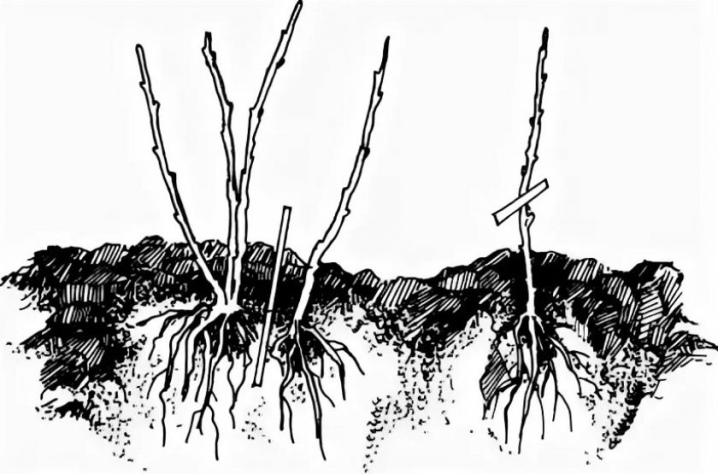
Seeds
This method of propagation of currants is the least used. First of all, due to the fact that bushes with new characteristics grow from the seed. In addition, the harvest can be expected only 4-5 years after planting the seedlings.
You need to harvest seeds in the summer. To do this, you should choose the largest and ripe fruits. They must be gently kneaded. Having chosen the seeds, you need to rinse them and then dry them. Growing currants from seed is quite simple.
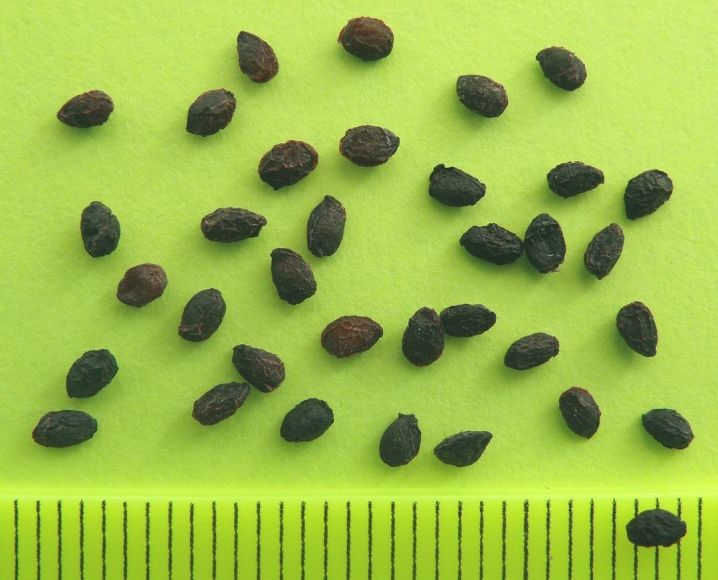
The seeds should be placed in a box filled with moist soil. Next, it must be covered with foil. It will be possible to remove it only after the first shoots appear.
At this time, the box with seedlings should be moved to the windowsill. They must be constantly exposed to the sun. When the seedlings grow up, they must be dived. After another couple of weeks, young plants can be planted in open ground. It is very important to water the seedlings regularly and abundantly.
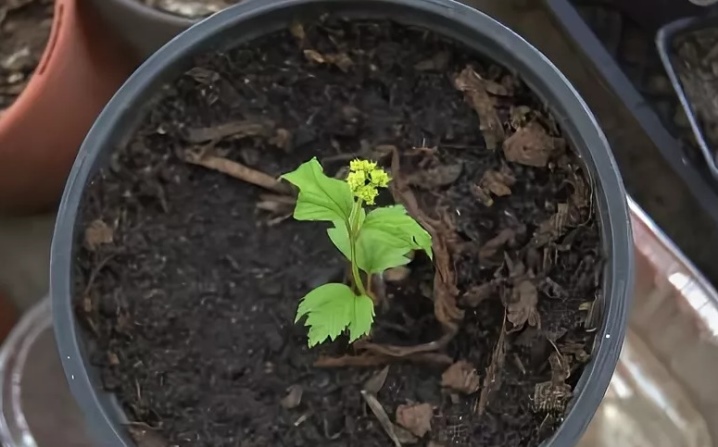
Diseases and pests
Currants suffer from the same diseases as other plants of the Gooseberry family.
- Anthracnose... This is one of the most common fungal diseases. The foliage of the ailing bushes is covered with yellow, burgundy or brown spots. Over time, it dries up altogether. This leads to a significant weakening of the plants. To combat this disease, all damaged branches must be removed. After this, it is recommended to treat the bush with Bordeaux liquid.
- Terry... The disease is usually carried by ticks or aphids. It is quite simple to identify an ailing plant: its foliage begins to change shape. Fewer fruits are formed on the surface of the bush. The main method of combating this viral disease is the destruction of infected plants.
- Powdery mildew. The foliage of currant bushes is covered with a dense white bloom. Over time, it changes color to brown. The disease quickly destroys not only the crop, but the plant itself. To combat it, you can use a soap-soda solution made from 50 grams of soda, the same amount of laundry soap, and 10 liters of water. In order to prevent infection, the bushes are recommended to be treated in spring with Bordeaux liquid or copper sulfate.
- Gray rot. Brown spots appear on the foliage of ailing plants. In white currants, wood is also affected. It is impossible to get rid of this disease. Therefore, the infected plants can only be removed from the site.
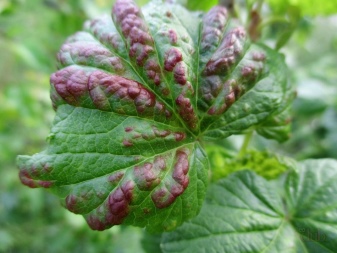

Various insects can also severely harm currant bushes.
- Aphid... This pest feeds on currant foliage. To combat aphids, you can use a regular soap solution or an infusion made from fragrant flowers. It is recommended to spray the bushes with the selected product in the evening or early morning. After killing the aphids, it is important to get rid of the anthills that are in the garden. They are usually just poured over with boiling water.
- Currant glass bowl. Small caterpillars settle directly in the stems, eating away at them from the inside. Because of this, currant branches dry out. Having noticed an infected bush, you need to get rid of it immediately. It is best to burn the plant to prevent contamination of other trees and shrubs.
- Leaf gall midge... This pest usually attacks young bushes. Gall midges quickly destroy leaves and green berries. To prevent the appearance of these pests, the bushes are usually treated with insecticides. This is done in early spring.
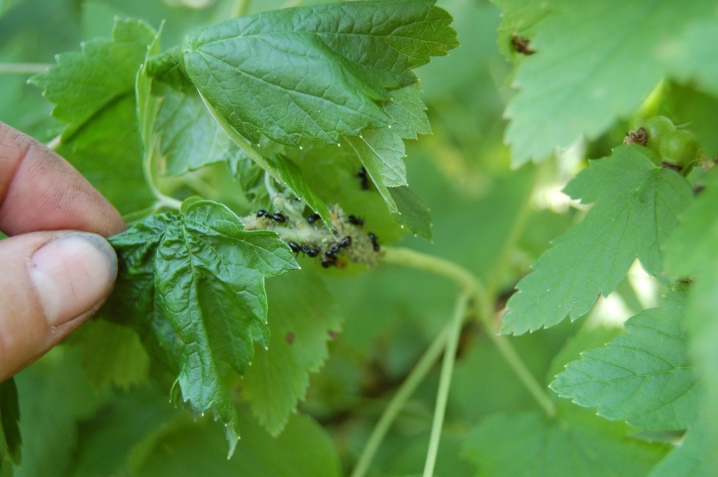
Spending very little time caring for currants, the gardener can count on a good harvest of tasty and healthy berries.













The comment was sent successfully.